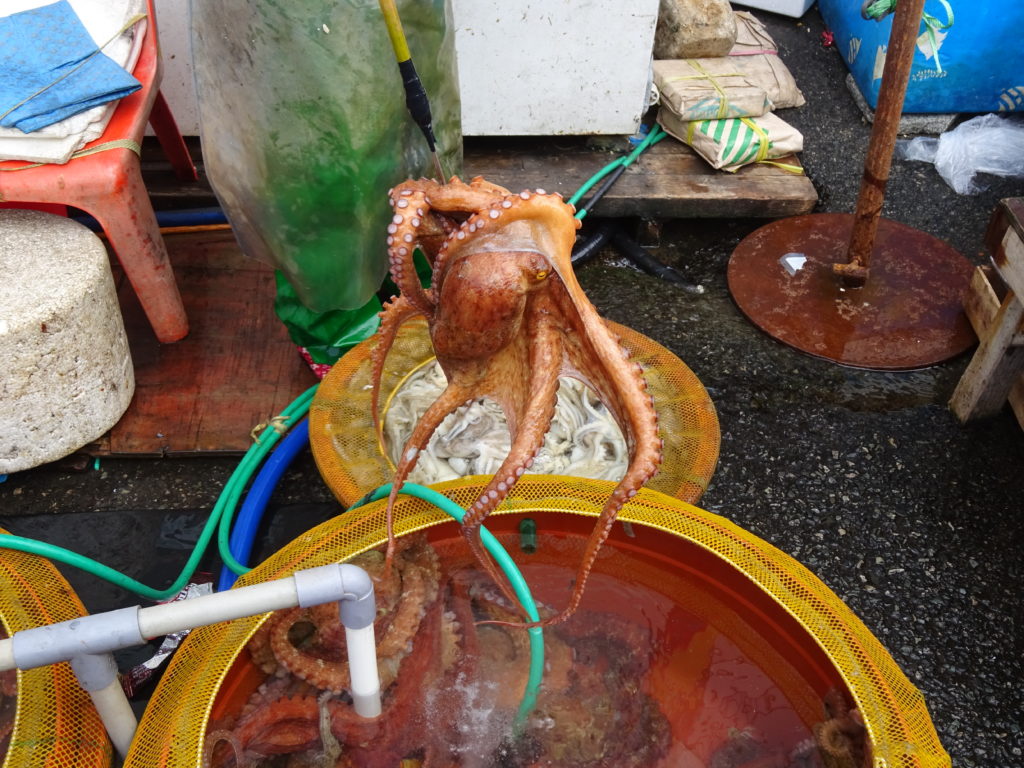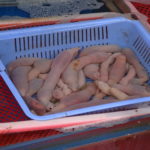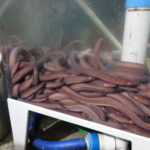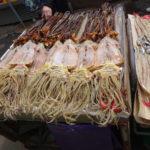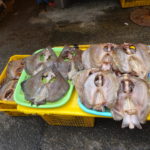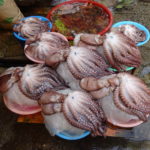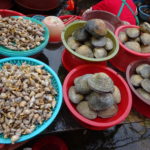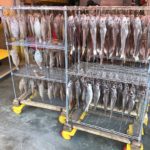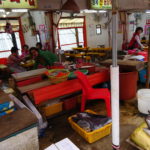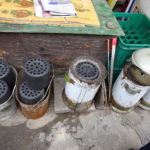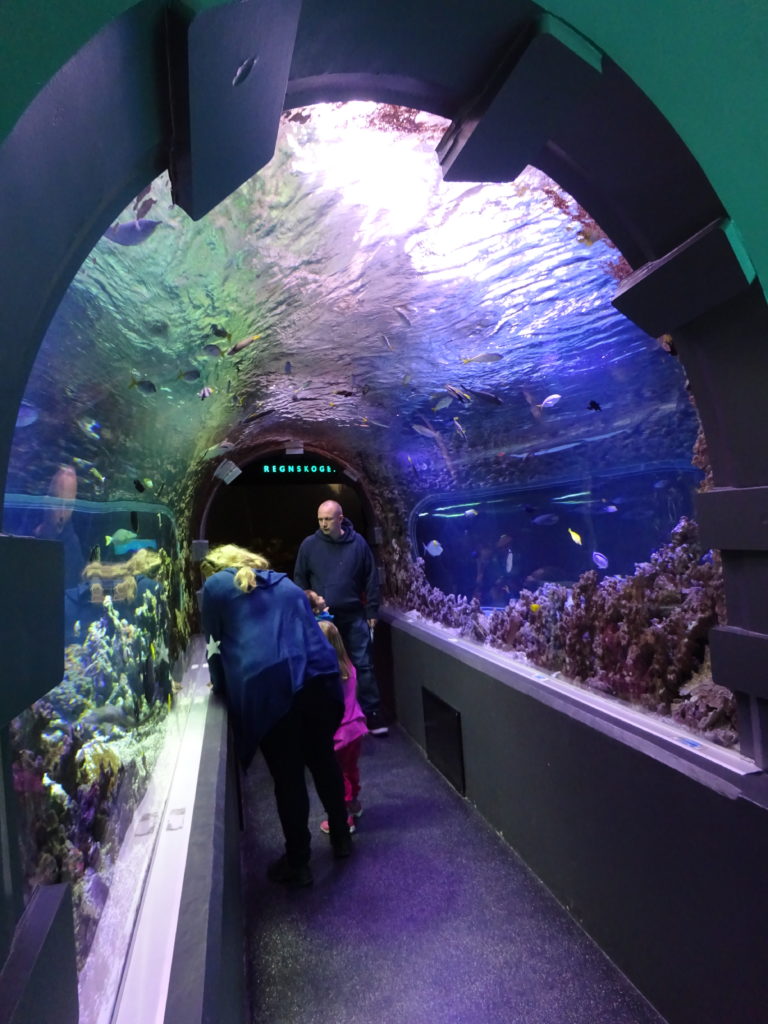Hurricane Irma caused irretrievable damage to the very islands in the Caribbean we had spent many wonderful days on last year. We had met some amazing people on the trip and the devastation is hard to imagine.
Our first and last stops on an 8 day sailing cruise were St. Maarten, the Dutch side of the island. Watching the news and seeing how badly the French side was damaged was heartbreaking. I nearly lost it when I saw the photos of the St. Maarten airport. My preview of the trip included this article about how low the planes fly over the beach to land.
Now that famous beach looks like this.
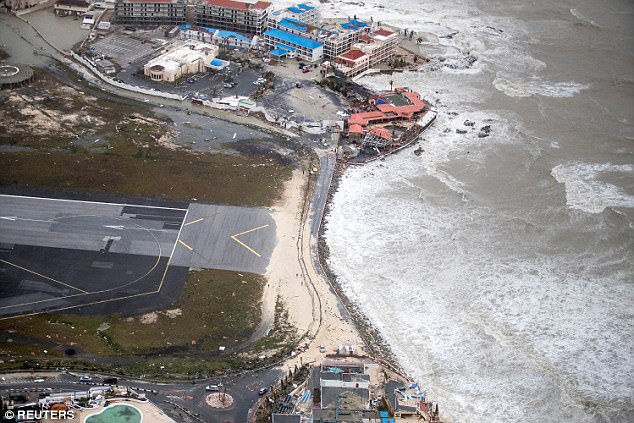
The area to the right is the ocean, the left is the approach to the runway. We had drinks at the bar where the shoreline meets those red-roofed buildings. The bar itself is no longer there. All that sand on the left side of the road, sprayed up on the end of the runway; that sand used to be a beach on the right side of the road. Now only rocks remain. Over in the central town, much of the area where we stayed in a small hotel along a restaurant-lined boardwalk and beach has been destroyed, or at least ravaged.
Another island we visited was Barbuda. It has an amazing frigate bird rookery, which I wrote about here. Before the storm the frigates outnumbered the human population of Barbuda. Today, Barbuda is uninhabited by people. Every single one of the 1800 people have been evacuated, mostly to Antigua.

Virtually every building was damaged; most were destroyed. At this point I haven’t been able to find out how the frigate bird sanctuary fared.
Other islands we visited were also severely damaged by Irma. Hurricane Jose, following along right behind Irma, seemed at first headed for St. Maarten and Barbuda, but luckily veered north and spared them a second direct hit. It will be years before the islands are restored. For Barbuda, it might be never.
As heartbreaking as this is, I have fond memories of these islands. Once they recover I would like to visit again. I hope I have that chance.
David J. Kent is an avid science traveler and the author of Lincoln: The Man Who Saved America, now available. His previous books include Tesla: The Wizard of Electricity and Edison: The Inventor of the Modern World (both Fall River Press). He has also written two e-books: Nikola Tesla: Renewable Energy Ahead of Its Time and Abraham Lincoln and Nikola Tesla: Connected by Fate.
Check out my Goodreads author page. While you’re at it, “Like” my Facebook author page for more updates!
Follow me by subscribing by email on the home page. Share with your friends using the buttons below.



 Today marks the fourth anniversary of resigning my consulting job to pursue a career
Today marks the fourth anniversary of resigning my consulting job to pursue a career 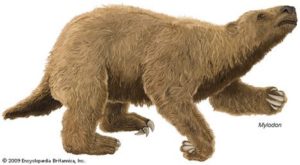 I’m currently working on a travel memoir of a recent trip to Patagonia. Our first stop was Buenos Aires, where we toured the opera house, visited the cemetery (trust me, it’s the thing to do), and dreamed about Darwin and the giant ground sloths.
I’m currently working on a travel memoir of a recent trip to Patagonia. Our first stop was Buenos Aires, where we toured the opera house, visited the cemetery (trust me, it’s the thing to do), and dreamed about Darwin and the giant ground sloths.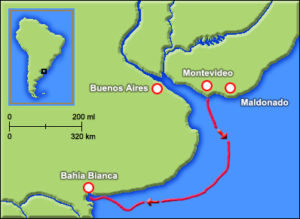 It was also in Punta Alta that Darwin made one of his biggest scientific discoveries. Ranging about the landscape on horseback, sleeping in the open with guachos or staying in haciendas with local ranchers, Darwin stumbled upon the fossilized bones of, well, something. One specimen was “the head of some large animal, embedded in soft rock.” He thought it might be similar to a rhinoceros. It took a second visit several months later – FitzRoy and his crews were busy mapping up and down the coastline – to realize he had discovered a large number of large mammal fossils not previously known from previous scientific expeditions to Europe, Asia, or Africa. In all he found nine different types of “great quadrupeds.”
It was also in Punta Alta that Darwin made one of his biggest scientific discoveries. Ranging about the landscape on horseback, sleeping in the open with guachos or staying in haciendas with local ranchers, Darwin stumbled upon the fossilized bones of, well, something. One specimen was “the head of some large animal, embedded in soft rock.” He thought it might be similar to a rhinoceros. It took a second visit several months later – FitzRoy and his crews were busy mapping up and down the coastline – to realize he had discovered a large number of large mammal fossils not previously known from previous scientific expeditions to Europe, Asia, or Africa. In all he found nine different types of “great quadrupeds.”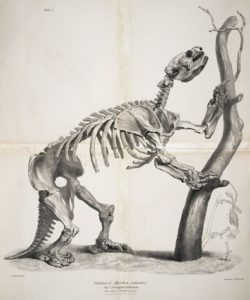 Here is where the plot thickens. While Cuvier was working up his paper describing and naming Megatherium, workers in what is now West Virginia dug up some old bones and sent them to Virginia’s biggest paleontological expert, who just happened to be Vice President of the United States, Thomas Jefferson. Jefferson named these new bones Megalonyx jeffersonii, meaning “giant claw” (the jeffersonii species name is an affectation that many discoverers take when naming their new species). These too turned out to be giant ground sloths. Meanwhile, Darwin was digging up even more sloth species. Many of these ended up in the Museo Municipal de Ciencias Naturales “Carlos Darwin,” set up in Punta Alta by modern day Argentinian geologist Teresa Manera.
Here is where the plot thickens. While Cuvier was working up his paper describing and naming Megatherium, workers in what is now West Virginia dug up some old bones and sent them to Virginia’s biggest paleontological expert, who just happened to be Vice President of the United States, Thomas Jefferson. Jefferson named these new bones Megalonyx jeffersonii, meaning “giant claw” (the jeffersonii species name is an affectation that many discoverers take when naming their new species). These too turned out to be giant ground sloths. Meanwhile, Darwin was digging up even more sloth species. Many of these ended up in the Museo Municipal de Ciencias Naturales “Carlos Darwin,” set up in Punta Alta by modern day Argentinian geologist Teresa Manera.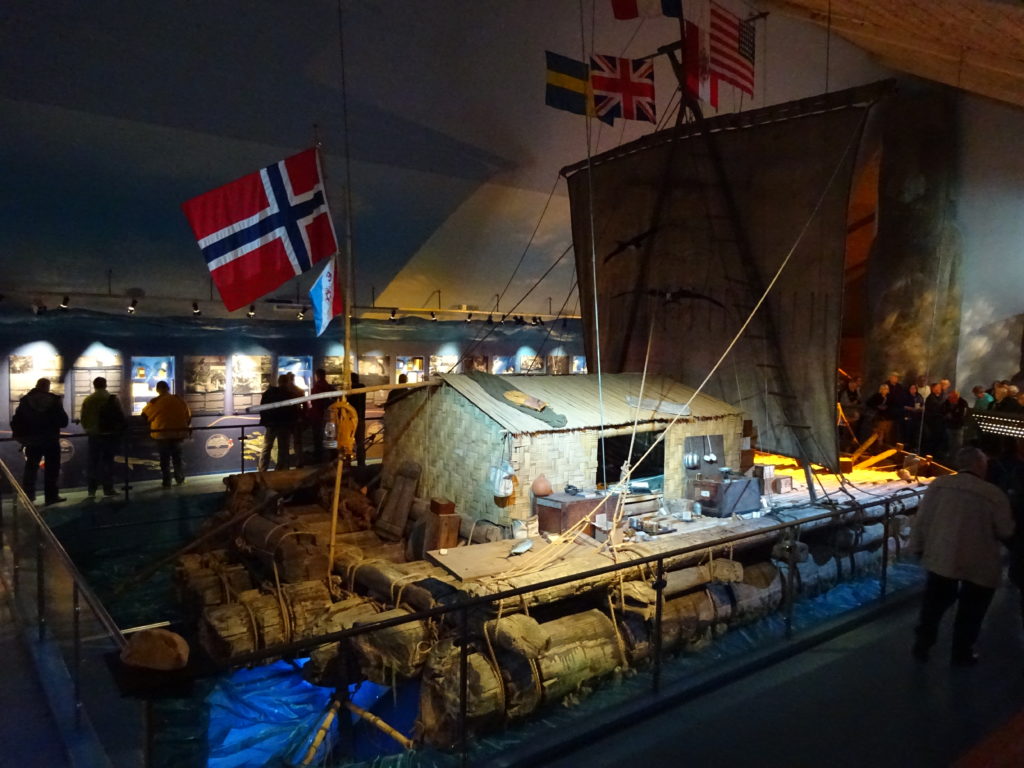

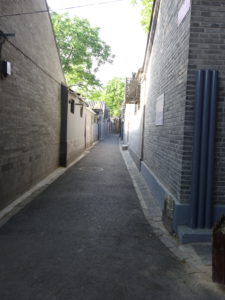 We thought we would try something different on this trip to Beijing. Rather than a western-style hotel we chose a small hotel in a
We thought we would try something different on this trip to Beijing. Rather than a western-style hotel we chose a small hotel in a 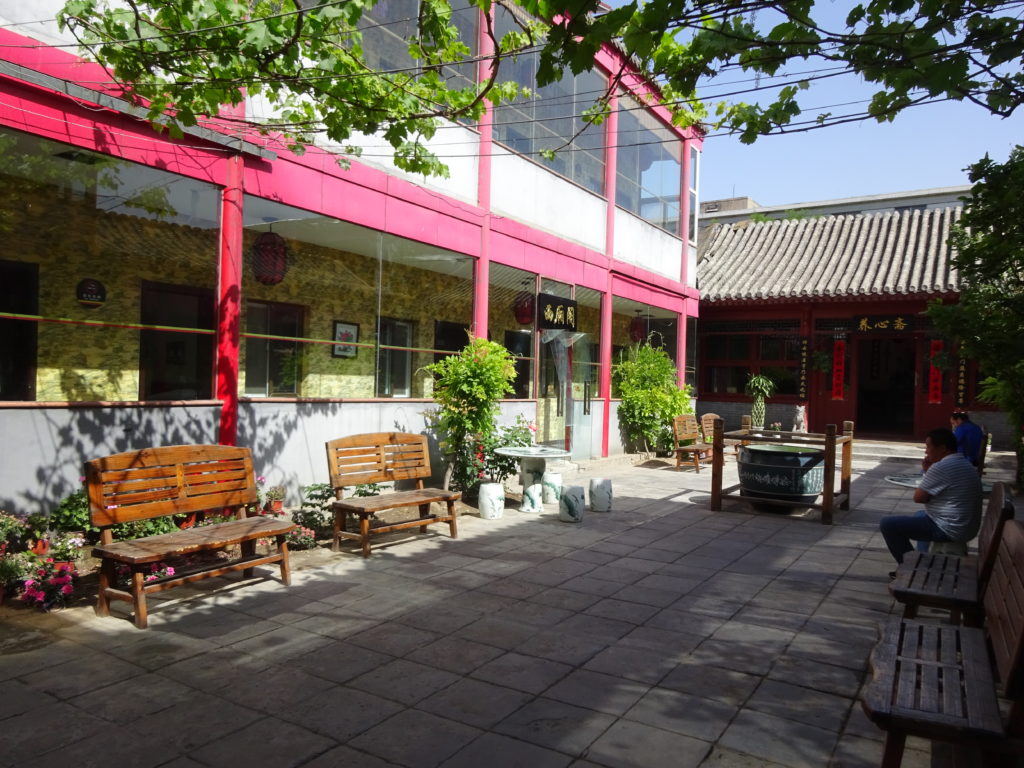
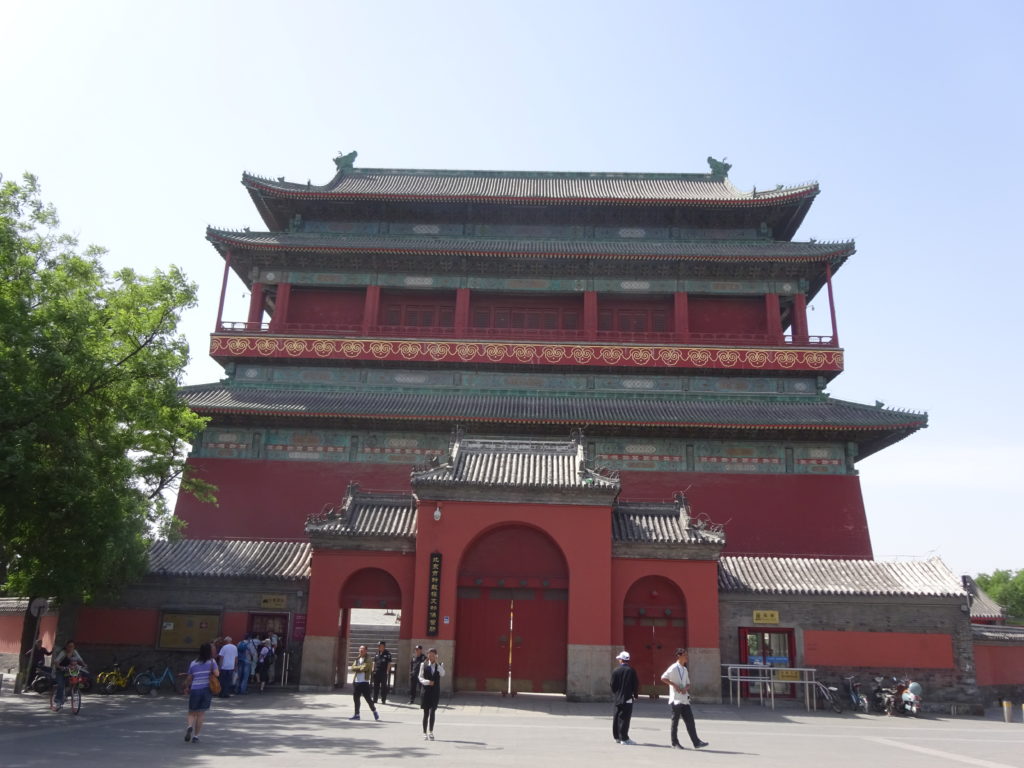
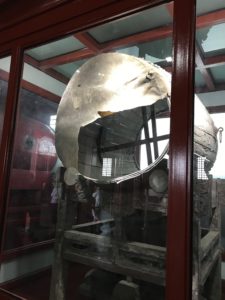
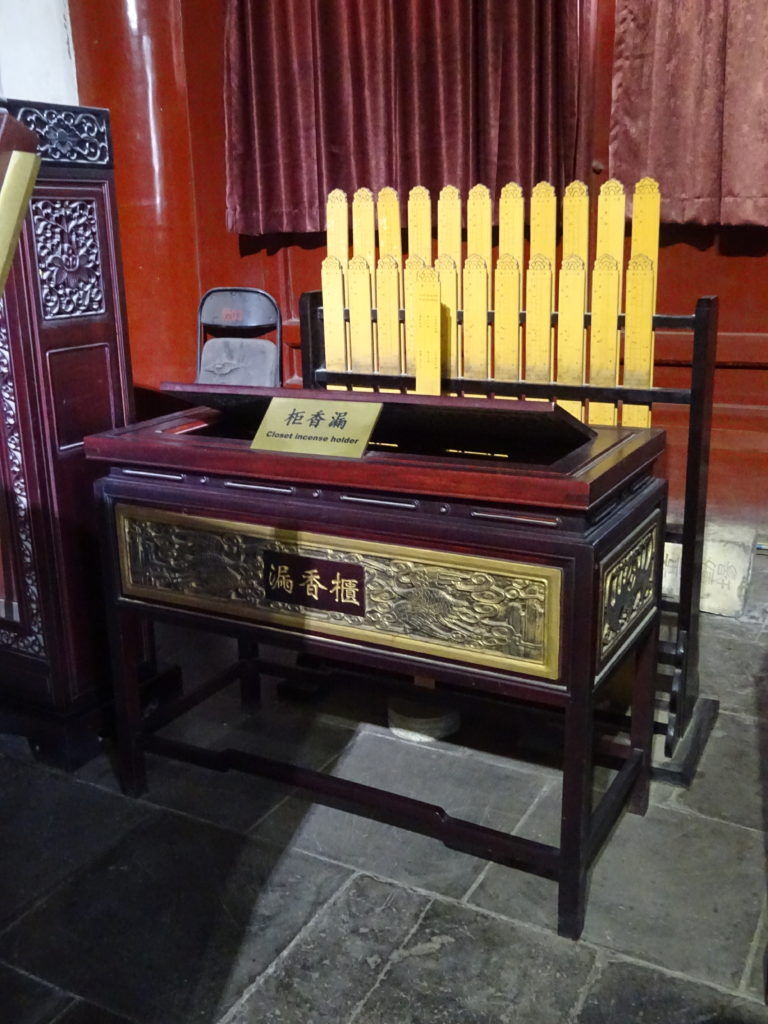
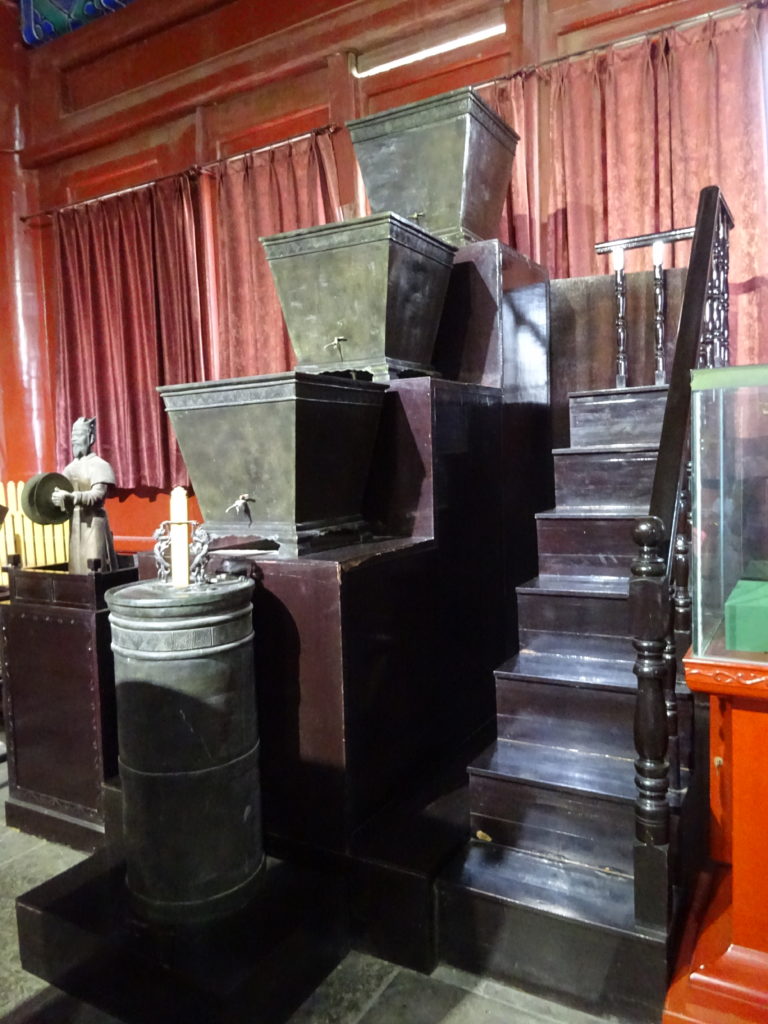
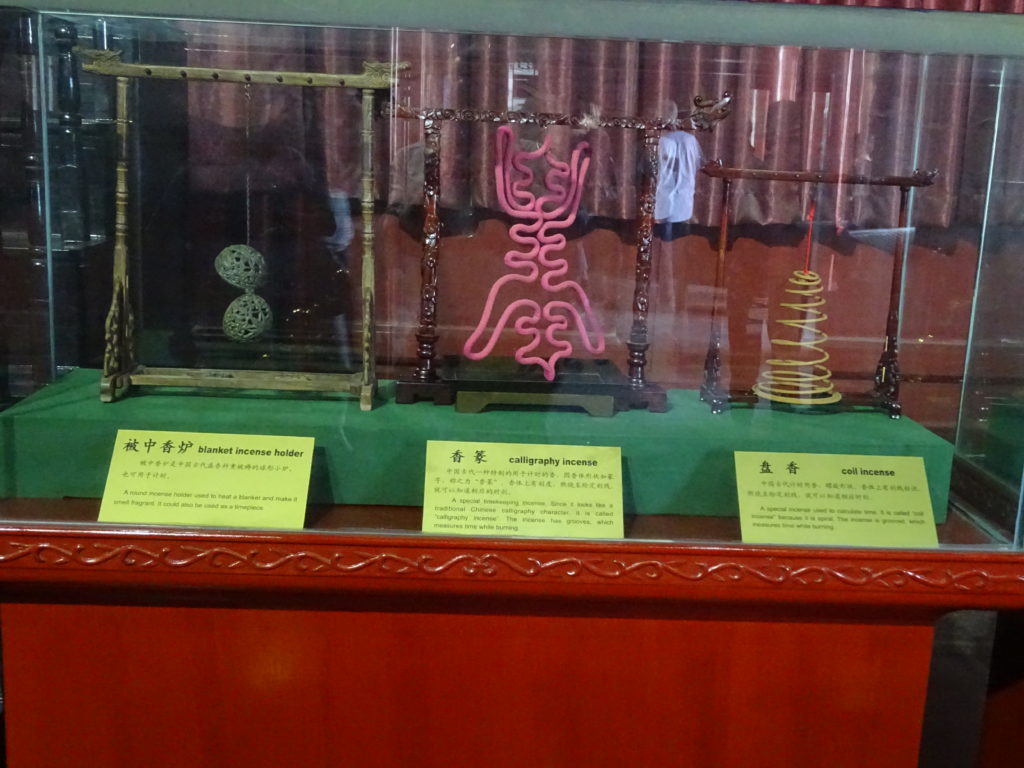
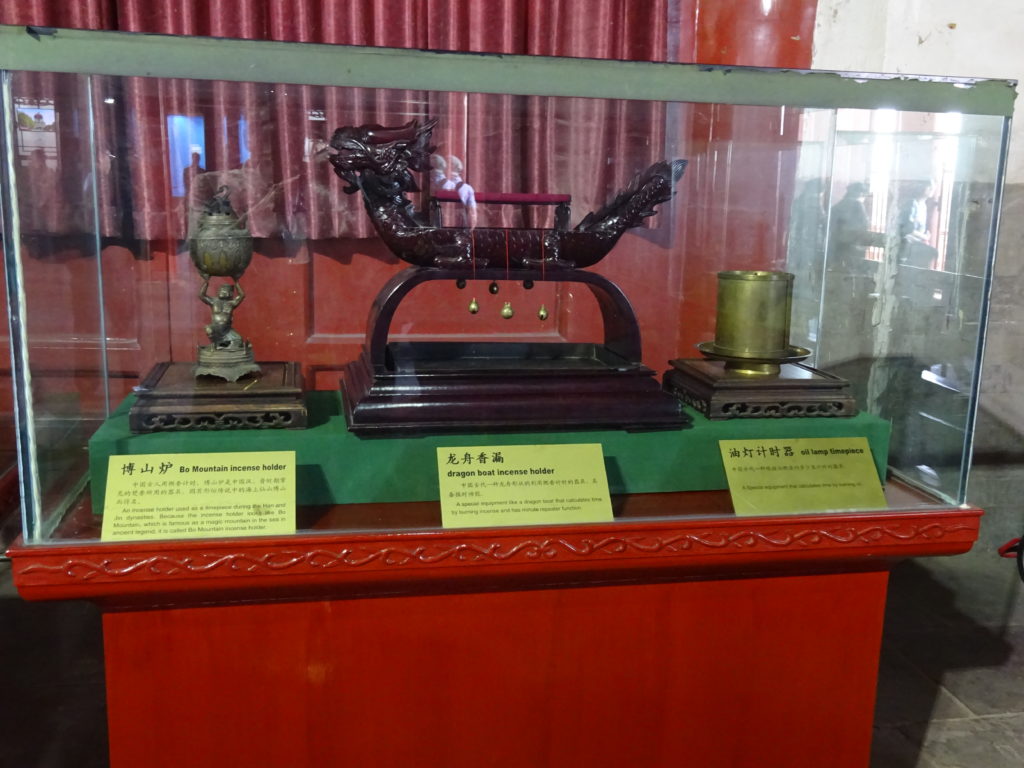
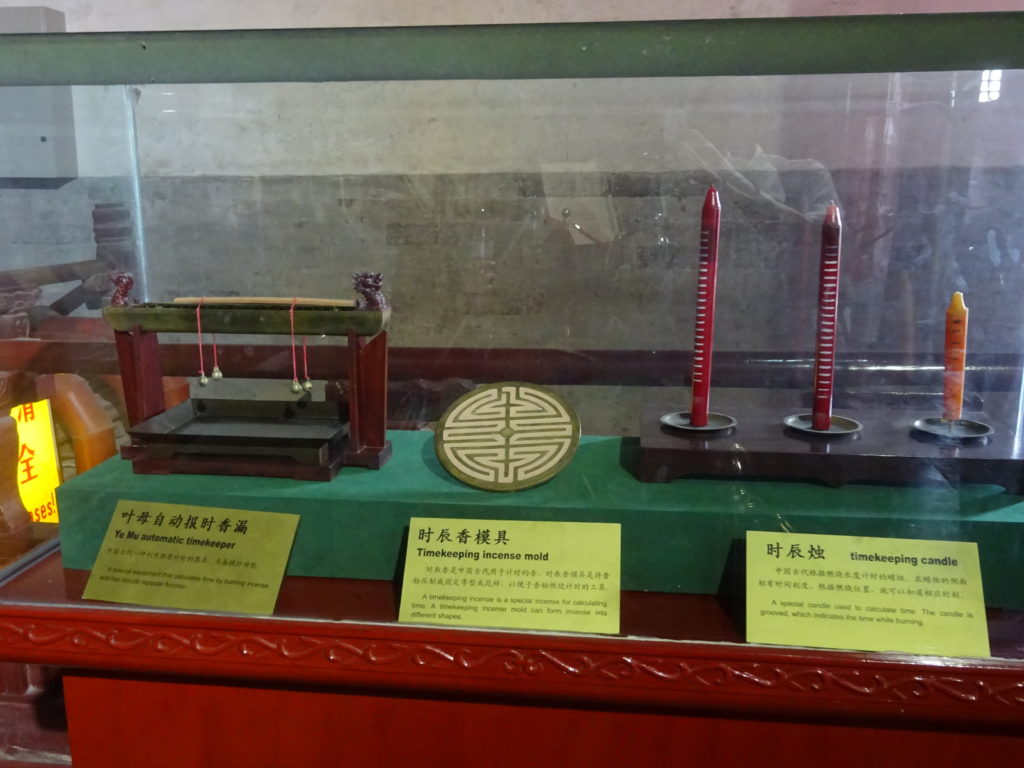
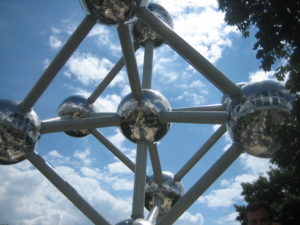 Networking is your best friend!
Networking is your best friend!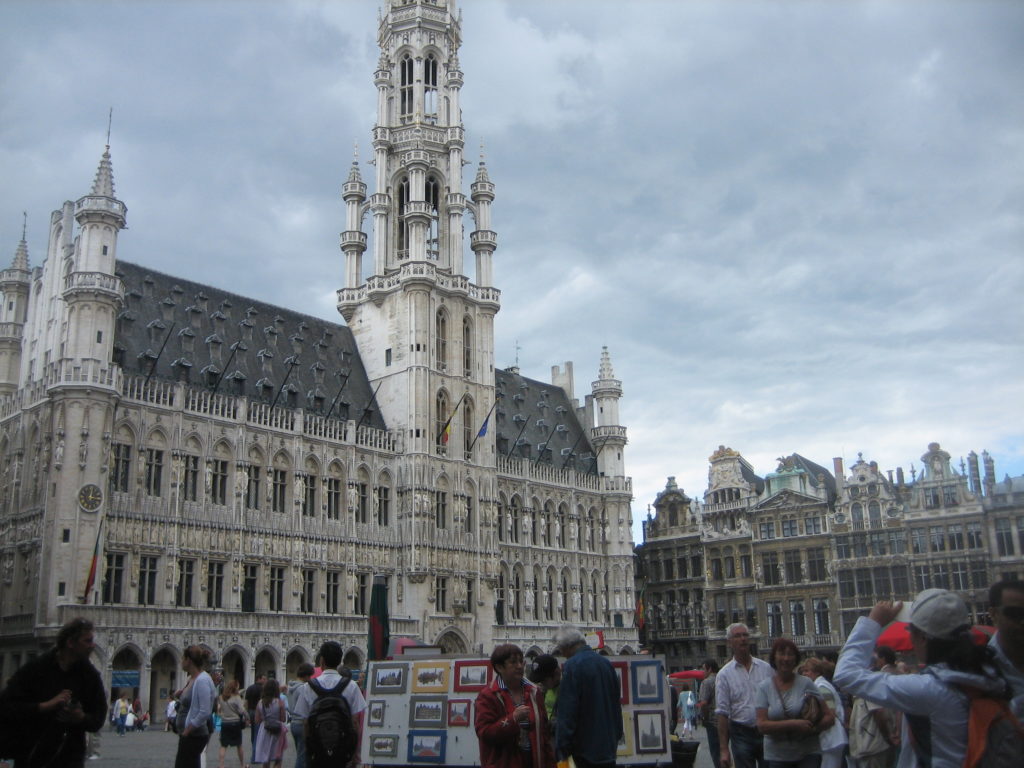
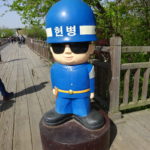 Recently, while North Korea was firing test missiles into the surrounding sea and China/South Korea tensions were heightened due to the
Recently, while North Korea was firing test missiles into the surrounding sea and China/South Korea tensions were heightened due to the 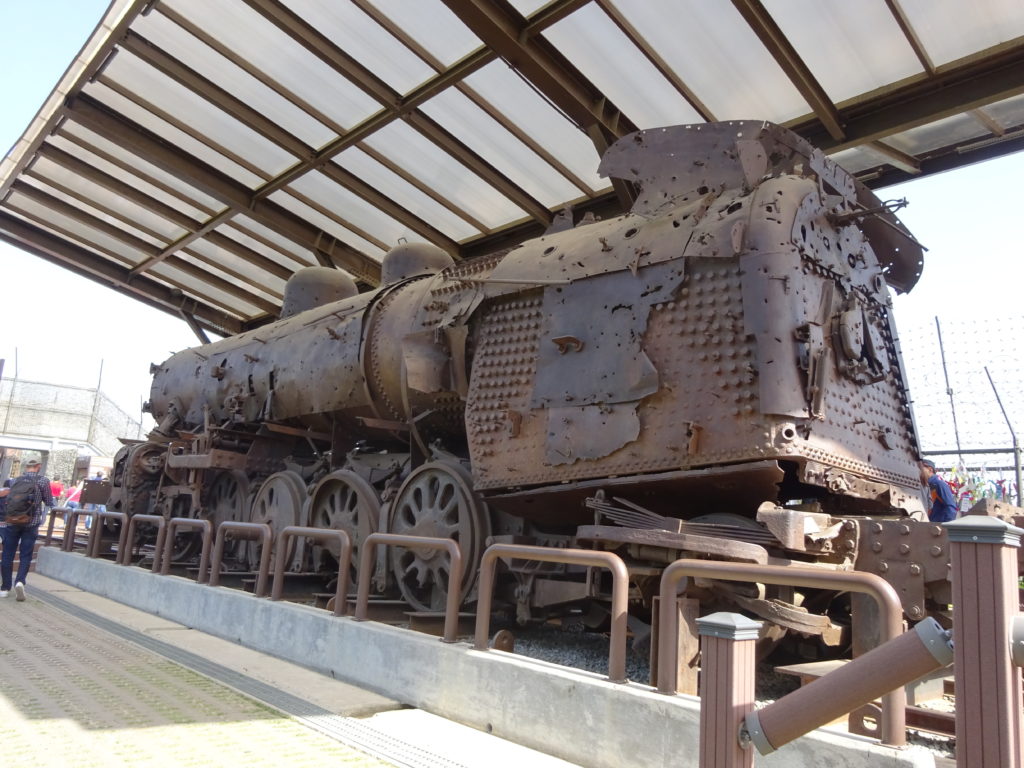
 After seeing a video explaining the “3rd tunnel” and walking through a small museum, we donned hard hats for hike into the tunnel system. A long, steep access passage high enough to walk comfortably brought us steeply downward (358 meters long, 3 meters diameter, 11 degree angle) to a point where it intersected with the original tunnel of aggression. This “3rd tunnel” was very narrow (two people could barely squeeze sideways) with low ceilings (our hard hats dinged the ceiling routinely). Totaling 1,625 meters long, the 2 meter high and 2 meter wide tunnel sits 73 meters below the surface. About 1,200 meters of it is on the North Korean side of the demarcation (border) line, with 435 meters inside South Korea. We could walk hunched over about 265 meters, at which point a series of blockade walls keeps the two countries separated. Anthracite coal was painted on the walls and ceilings as a ruse; if discovered they could claim it was just a coal mine. Not a particularly credible feint given there is no coal in the region and the tunnel is cut through solid granite. While four tunnels have been discovered to date, it’s possible more exist. Photography was banned in the tunnels and everything but our clothes were required to be left in above ground lockers, so the photo above will have to suffice.
After seeing a video explaining the “3rd tunnel” and walking through a small museum, we donned hard hats for hike into the tunnel system. A long, steep access passage high enough to walk comfortably brought us steeply downward (358 meters long, 3 meters diameter, 11 degree angle) to a point where it intersected with the original tunnel of aggression. This “3rd tunnel” was very narrow (two people could barely squeeze sideways) with low ceilings (our hard hats dinged the ceiling routinely). Totaling 1,625 meters long, the 2 meter high and 2 meter wide tunnel sits 73 meters below the surface. About 1,200 meters of it is on the North Korean side of the demarcation (border) line, with 435 meters inside South Korea. We could walk hunched over about 265 meters, at which point a series of blockade walls keeps the two countries separated. Anthracite coal was painted on the walls and ceilings as a ruse; if discovered they could claim it was just a coal mine. Not a particularly credible feint given there is no coal in the region and the tunnel is cut through solid granite. While four tunnels have been discovered to date, it’s possible more exist. Photography was banned in the tunnels and everything but our clothes were required to be left in above ground lockers, so the photo above will have to suffice.



